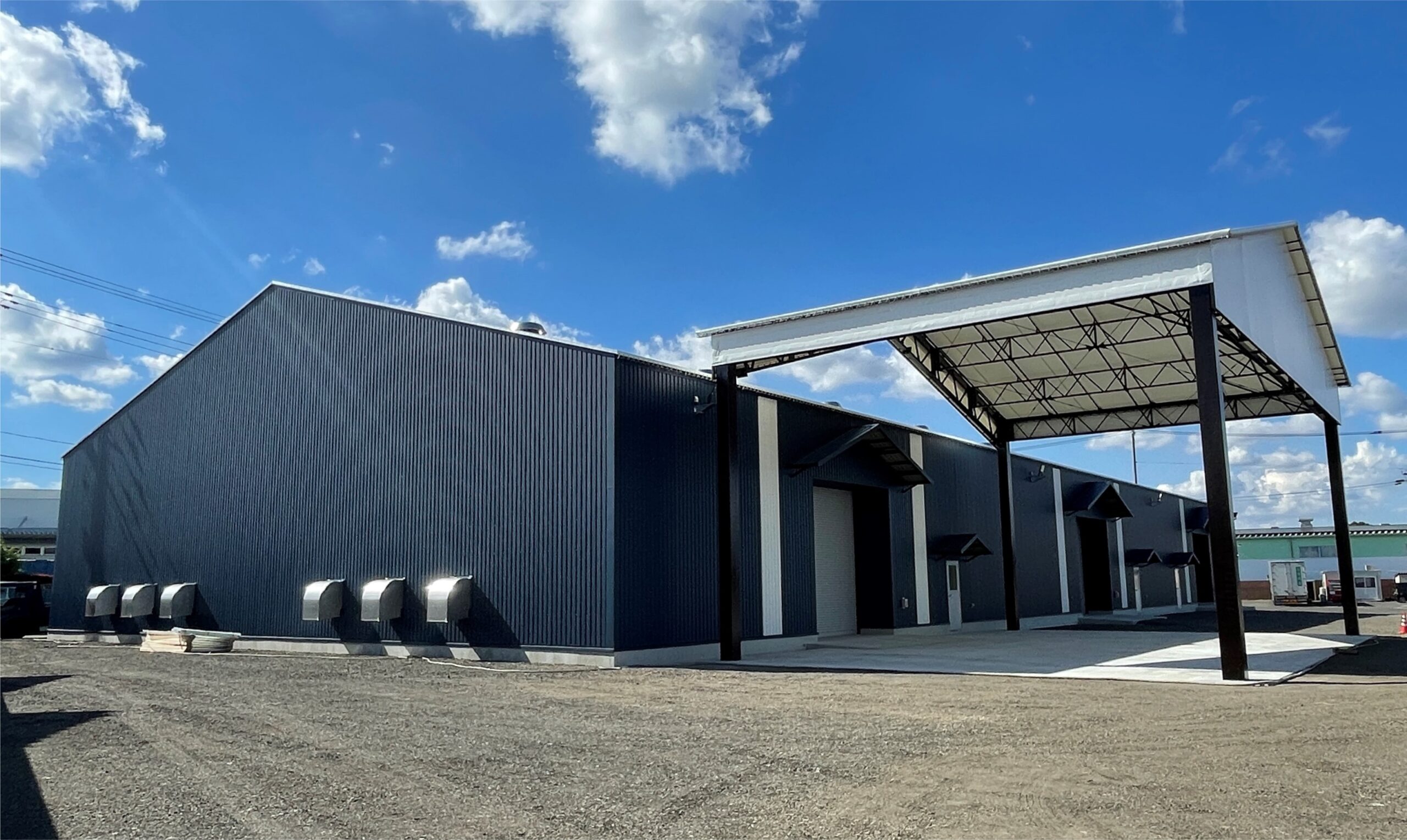

Taiyo Kogyo Column
When is a tent required at a construction site for mercury, PCB, and dioxin contaminated soil remediation?
2020.09.09
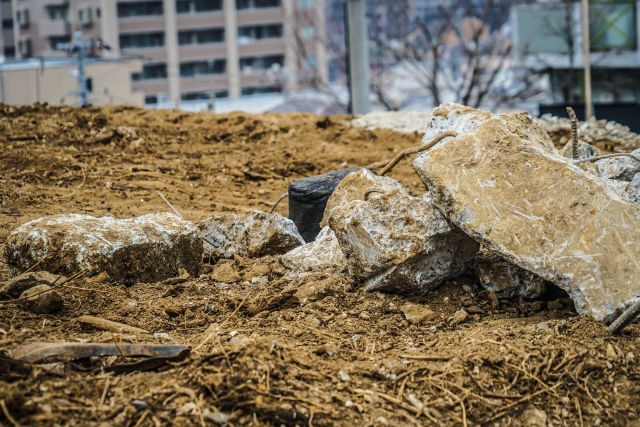
The method of treatment and equipment required for contaminated soil remediation work depends on the type of contaminants contained in the ground. This section explains what construction methods are required at response construction sites that handle the typical contaminants of mercury, PCBs, and dioxins, and what equipment is required for each method.
Finally, we will also provide specific tent details, so if you are considering construction, please refer to this information and make appropriate preparations and responses to suit your site.
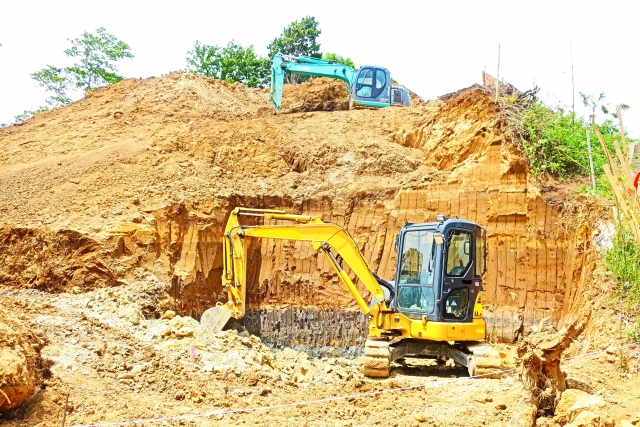
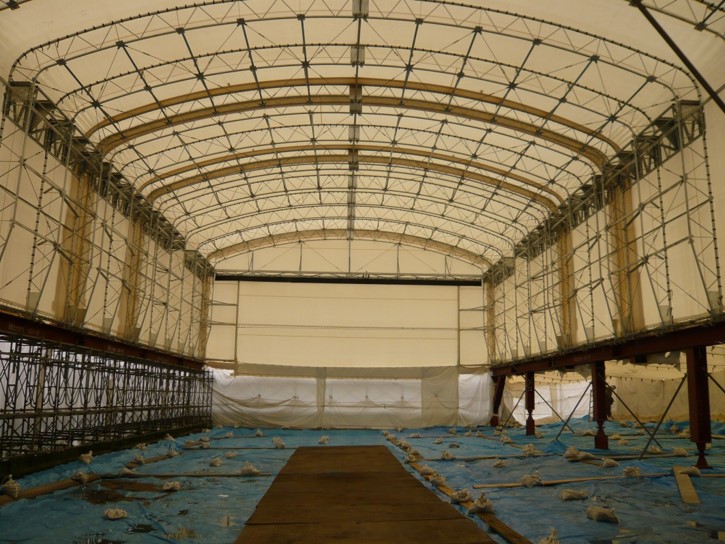
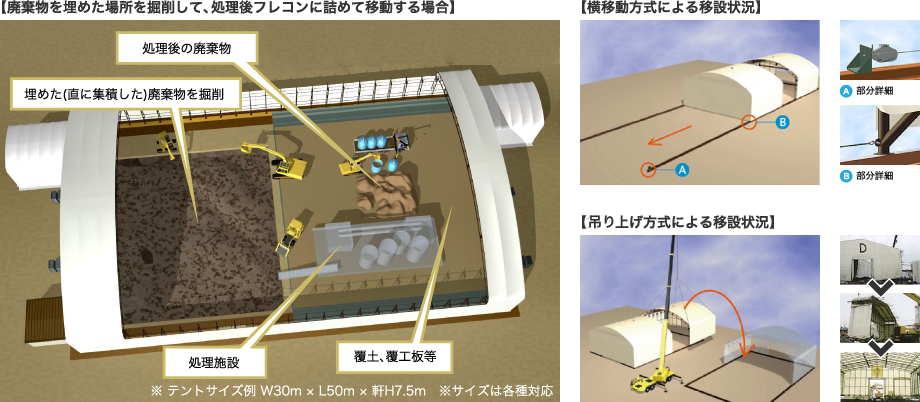
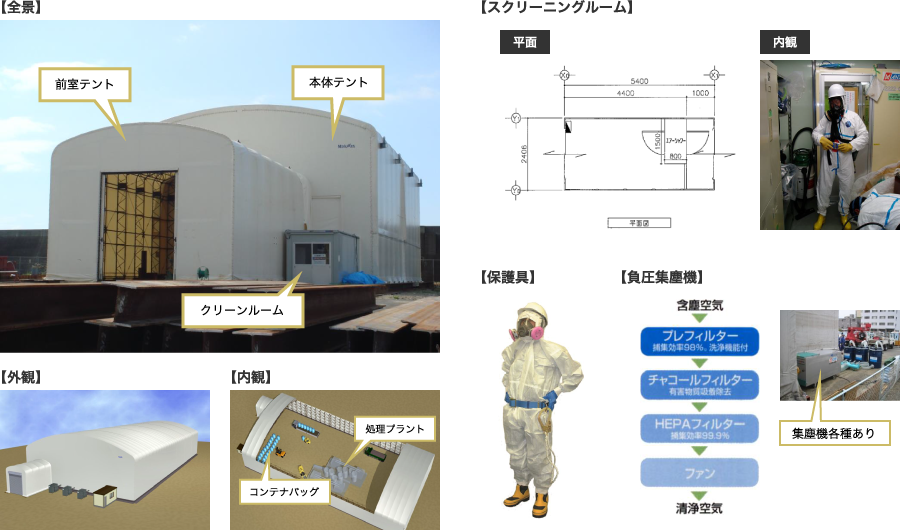
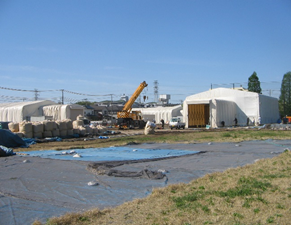
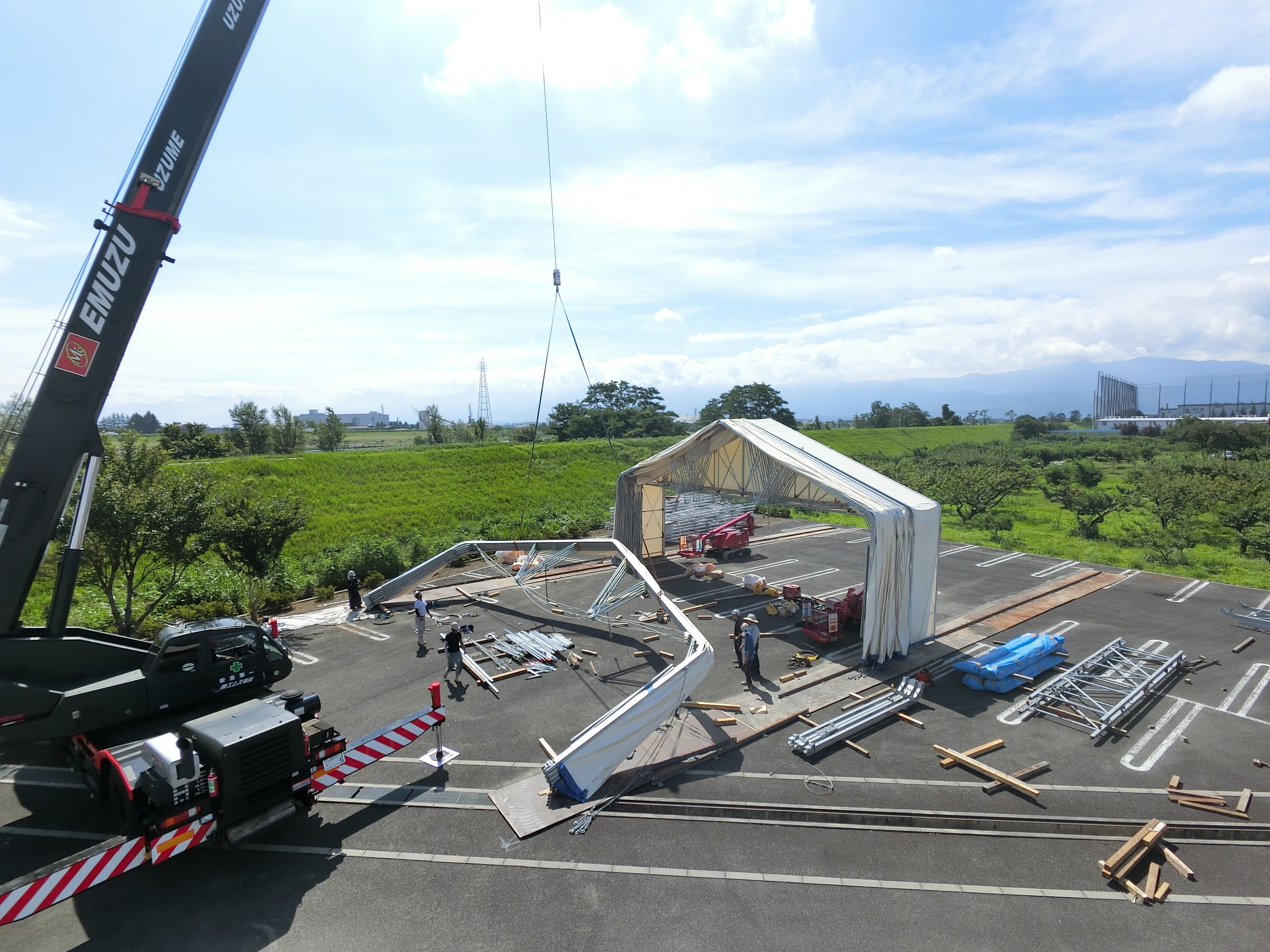
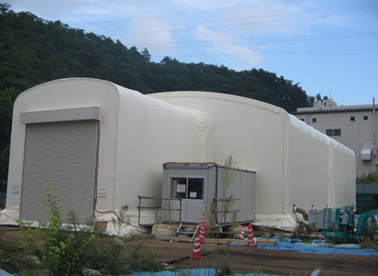
Tent Warehouseへの
Contact us
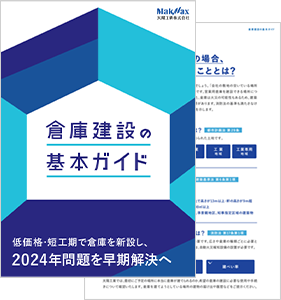
What you need to know when building a warehouse
We packed it all in.
Clues to solving the 2024 problem
Recommended for
I don't know where to start in building a warehouse.
I want to build a warehouse in an economical way.
Which type of warehouse should we build?
I want to learn the basics of warehouse construction anyway.
I'm concerned about the 2024 problem, but I don't know what to do about it.
Related Articles
- TOP>
- Taiyo Kogyo Column>
- When is a tent required at a construction site for mercury, PCB, and dioxin contaminated soil remediation?







